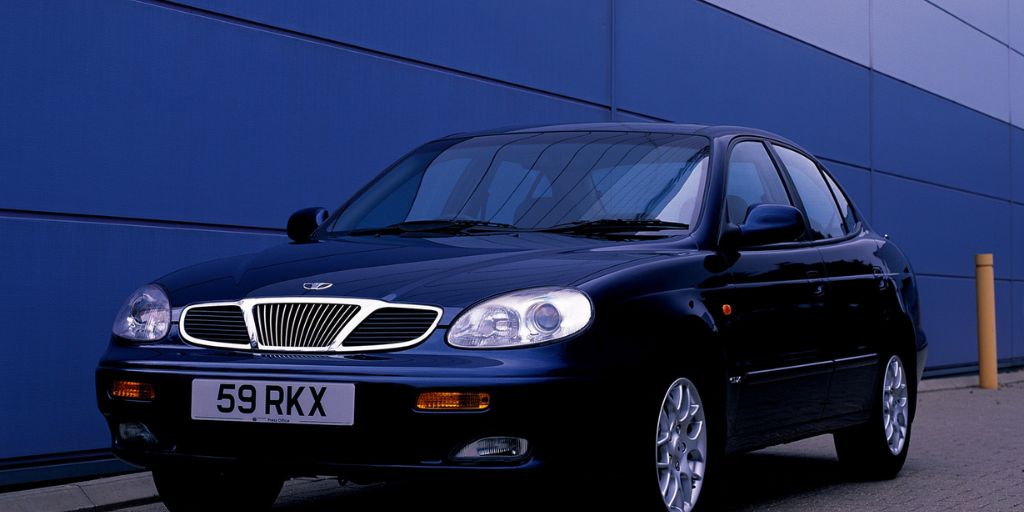In the ever-changing world of automobiles, some cars quietly build a legacy through sheer durability, while others disappear almost as quickly as they arrived.
Whether you’re a seasoned car enthusiast or someone simply trying to make a wise purchase, understanding the long-term performance and survival rate of a vehicle can be just as important as horsepower or fuel economy.
In this two-part breakdown, we’re taking a close look at both ends of the spectrum: the cars that just won’t quit—those you’ll still see running strong at 300,000 miles—and the ones you’re unlikely to ever see again.
The first group includes true endurance legends, vehicles engineered with simplicity, reliability, and rock-solid components. The second features cars that were either too flawed, too niche, or too poorly supported to survive more than a few years.
These lists go beyond just statistics. They reflect how engineering choices, real-world usage, and owner experiences shape which vehicles endure and which fade into obscurity. Some were mass-produced workhorses, while others were doomed by overambition or poor execution.
So whether you’re hunting for a car that will go the distance or just curious about the ghosts of roads past, these are the vehicles that define staying power—and those that vanished almost without a trace.
Also Read: 5 SUVs You Can Trust With Your Life and 5 You Can’t
5 Cars You’ll See at 300K Miles
There’s a unique sense of pride that comes with driving a vehicle that just won’t quit. When you pass 200,000 miles with minimal fuss—and then cruise past 300,000—you’re no longer just an owner; you’re part of a club.
These are the cars that transcend the average lifespan, defy expectations, and consistently demonstrate that real value isn’t just found on a spec sheet but in how a car holds up over time.
In this list, we focus on five models that are commonly seen with 300,000 miles or more on the odometer.
These aren’t cars that survive by chance—they endure thanks to legendary engines, durable transmissions, and the kind of design simplicity that keeps repair costs low and reliability high. Mechanics praise them, owners swear by them, and used car buyers seek them out like gold.
We’re highlighting these vehicles not just because they last, but because they last without punishing the people who own them. They represent an era—or a philosophy—where durability mattered as much as innovation, and where thoughtful engineering won out over gimmicks.
We’re writing about these cars because in a time when planned obsolescence and over-complication are becoming the norm, they remind us of what automotive excellence can really look like.
If you’re looking for a vehicle that’s built to go the distance—and keep going—these five have earned their place on the road and in automotive history.
1. Toyota Land Cruiser (1998–2021) — The Indestructible Legend
The Toyota Land Cruiser isn’t just a vehicle—it’s a global icon of durability. From the deserts of the Middle East to the frozen tundras of Siberia, the Land Cruiser has built a reputation for surviving where most vehicles would fail.
The 100-Series (1998–2007) and 200-Series (2008–2021) models, in particular, are among the most revered for their ability to routinely clock over 300,000 miles with minimal drama.
Why does the Land Cruiser last so long? It starts with engineering. Toyota didn’t build the Land Cruiser to compete in showroom flash; it built it for long-distance, cross-continental endurance.
The 4.7-liter V8 in the 100-Series and the 5.7-liter V8 in the 200-Series are both naturally aspirated, overbuilt powerplants known for running reliably for hundreds of thousands of miles.
Pair that with a robust automatic transmission, a full-time 4WD system, and heavy-duty suspension components, and you’ve got a drivetrain that’s nearly unkillable.
What sets the Land Cruiser apart isn’t just its mechanical integrity—it’s also how well it holds together. Interior components are high-quality, built to handle both luxury and abuse.
Electronics are simple and reliable, especially compared to rival full-size SUVs from European brands. Even in harsh climates, everything from window motors to HVAC systems continues working well into the vehicle’s old age.
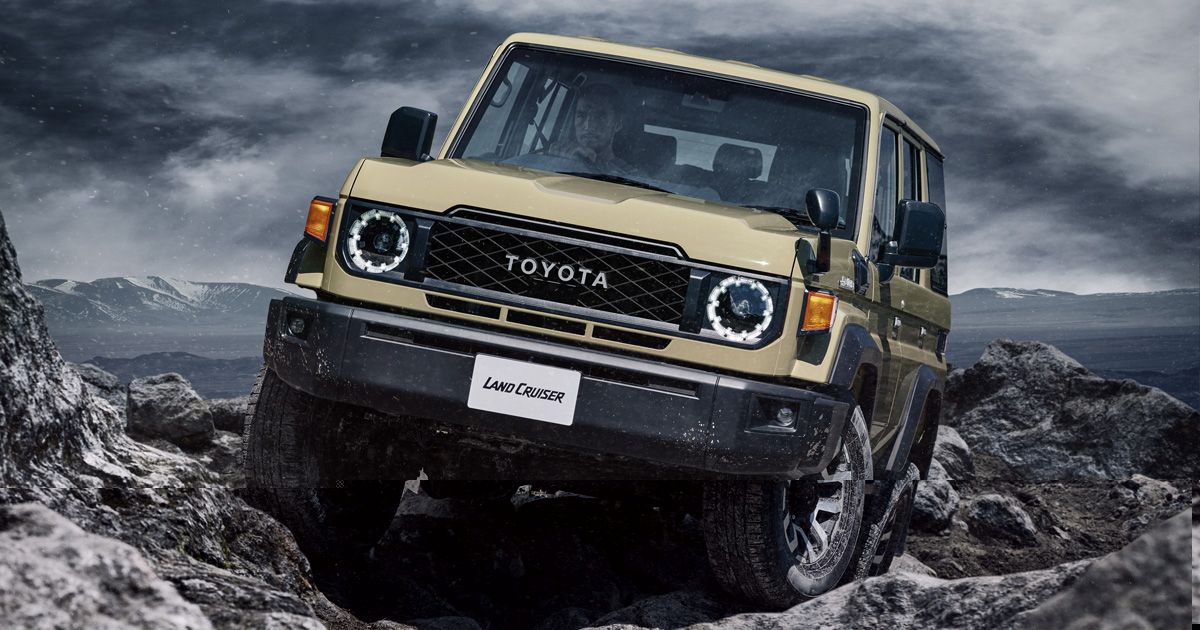
It’s no wonder Land Cruisers are favorites of humanitarian groups, militaries, and overlanders. They are often passed down through generations, and it’s common to see them still in active service after decades on the road.
Maintenance isn’t necessarily cheap, but it’s infrequent—and these vehicles often give you plenty of warning before things go wrong.
We’re starting this list with the Land Cruiser because it’s a benchmark. Few vehicles, luxury or utilitarian, match its blend of comfort, capability, and longevity. If you’re looking for a vehicle that can hit 300,000 miles and still ask for more, the Land Cruiser is your surest bet.
2. Honda Accord (1990s–2012) — The Everyman’s Million-Mile Machine
The Honda Accord may not have the rugged reputation of the Land Cruiser, but it earns its spot on this list through sheer consistency.
For decades, the Accord has been the go-to choice for drivers who want affordable reliability, solid fuel economy, and the kind of engineering that keeps cars on the road well past 300,000 miles. Whether it’s a well-loved 1998 LX or a carefully maintained 2010 EX-L, the Accord is a prime example of longevity done right.
What makes the Accord so durable isn’t one standout feature—it’s the sum of Honda’s smart engineering decisions. The engines, particularly the 2.4-liter inline-four (K24) and the earlier F-series motors, are famously long-lasting.
These naturally aspirated engines use timing chains or long-life belts, and they resist oil leaks and overheating when properly maintained. Transmissions—especially the manual versions—can last even longer with minimal servicing.
But it’s not just the powertrain. The Accord benefits from tight fit and finish, quality interior materials, and simple, reliable electronics.
Even base models from the late ’90s and early 2000s came with functional HVAC controls, working radios, and solid switchgear that doesn’t fall apart over time.
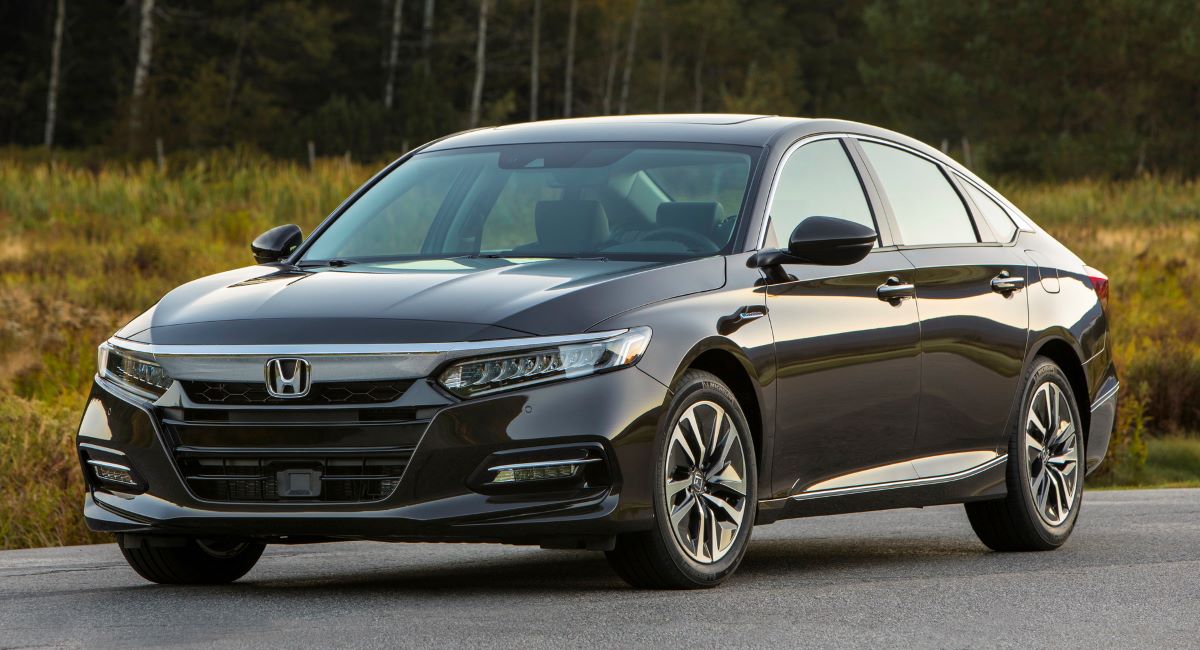
Where many modern cars pile on complexity and gimmicks, the Accord has traditionally favored refinement and function.
This design philosophy has kept repair costs low and reliability high. You won’t find fancy air suspension or complex infotainment systems in older Accords, but you will find vehicles that run like clockwork.
Mechanics love these cars for how easy they are to service, and owners love them for how little attention they seem to need. It’s not uncommon to find Accords with 250,000 or 300,000 miles still being used as daily drivers, often with original engines and transmissions.
We’re including the Honda Accord because it’s the quiet champion of the used car world. It may not turn heads or climb mountains, but in terms of getting you reliably from point A to point B for a decade or more, few cars do it better. If you want mileage without maintenance drama, the Accord is about as safe a bet as you’ll find.
3. Toyota Tacoma (1995–2015) — The Compact Truck That Just Keeps Going
In the realm of long-lasting pickups, the Toyota Tacoma stands tall—and keeps running. Whether it’s an early 4-cylinder base model from the ’90s or a well-equipped V6 from the 2000s, the Tacoma has earned a cult following for its extraordinary ability to rack up miles with minimal trouble.
For owners who treat trucks like tools, the Tacoma proves that smaller doesn’t mean weaker—it means smarter and more reliable.
What gives the Tacoma its incredible longevity is Toyota’s no-nonsense engineering. The engines—particularly the 2.7-liter inline-four and the 4.0-liter V6 (1GR-FE)—are rock-solid powerplants known for simple maintenance, durable timing chains, and low internal stress.
Paired with manual or bulletproof automatic transmissions, the drivetrain combo has routinely proven itself in everything from urban commutes to rugged off-road adventures.
Tacomas are often driven hard—used for construction, off-roading, and towing. And yet, many of these trucks reach 300,000 miles without ever needing a major overhaul.
The frame rust issue in earlier models (especially pre-2005) was acknowledged by Toyota and even covered by a voluntary recall, which helped preserve the reputation of a truck already known for its resilience.
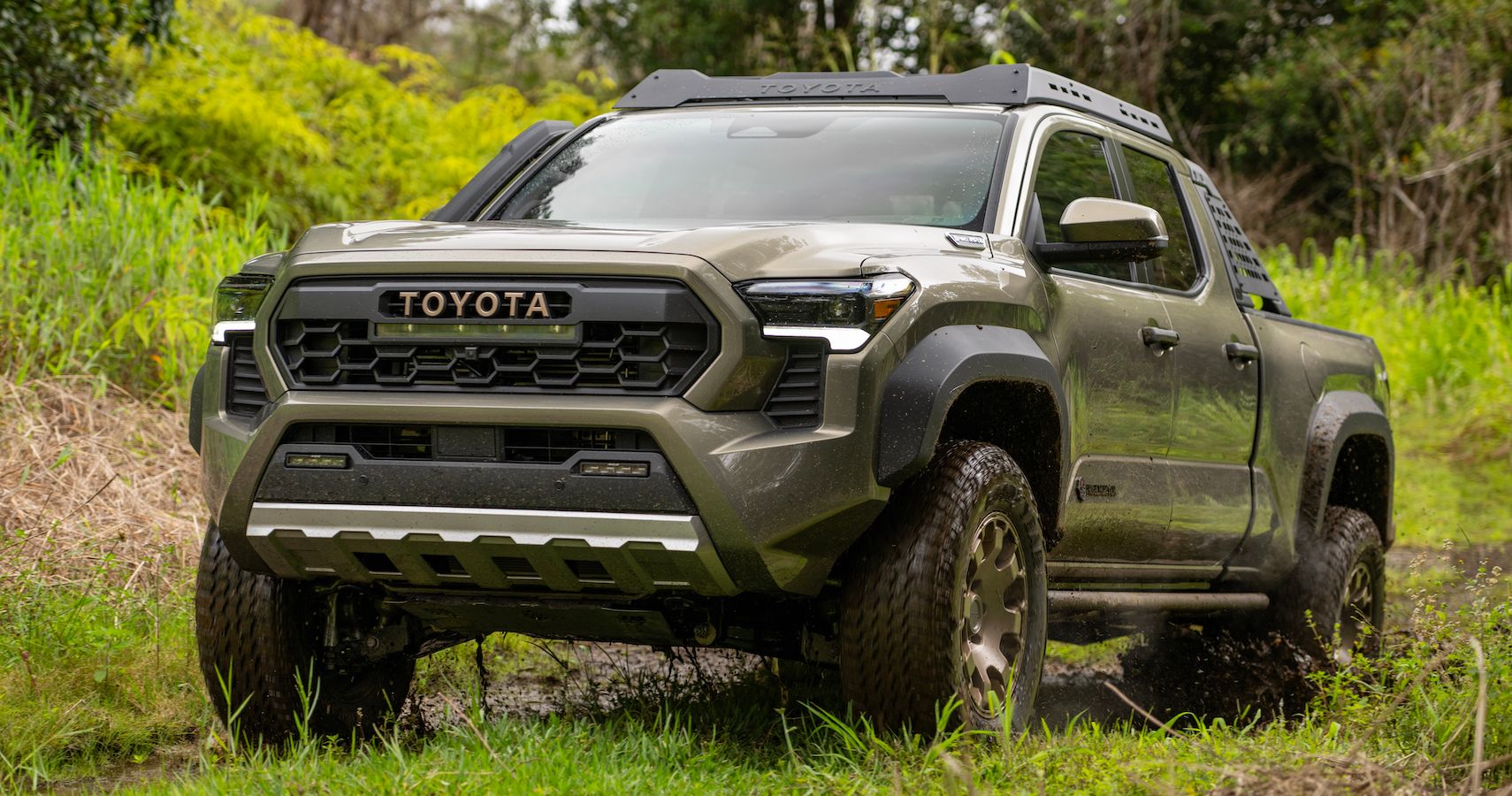
Another reason for the Tacoma’s long life is its simplicity. The interior is built to withstand abuse—hard plastics, straightforward controls, and dependable electronics.
It may not have the plush feel of full-size luxury trucks, but it’s designed to work, not to impress. That practicality translates to less that can go wrong over time.
Mechanics love working on Tacomas because parts are readily available, engines are accessible, and there’s a massive knowledge base surrounding them.
Enthusiasts praise them not just for their dependability but also for how long they remain “tight”—no creaks, no rattles, just that familiar Toyota thunk when you close the door.
We’re including the Tacoma because it’s a truck that’s as dependable as sunrise. Whether used for weekend trail runs or as a daily workhorse, the Tacoma is one of those rare vehicles that earns your trust over time—and keeps it for hundreds of thousands of miles.
4. Volvo 240 (1975–1993) — The Swedish Brick That Refuses to Die
The Volvo 240 may look like it was designed with a ruler and a granite slab, but that’s part of its enduring charm—and endurance is exactly what it’s known for.
Built during a time when Volvo prioritized safety, simplicity, and durability over style or flash, the 240 is one of the most famously long-lived vehicles ever made. Seeing one with over 300,000 miles on the odometer isn’t a rare event—it’s practically expected.
The secret to the Volvo 240’s success lies in its engineering philosophy: keep it simple, overbuild everything, and make it easy to fix. Its engines—particularly the B21 and B230 inline-fours—are low-revving, under-stressed workhorses.
With iron blocks, basic fuel injection systems, and minimal electronic interference, they’ll often go half a million miles or more with just regular oil changes and basic maintenance.
Transmissions—both manual and automatic—are similarly bulletproof. The manual M46 and M47 gearboxes are preferred for long-term durability, but even the automatics can run forever if maintained properly.
And when something does wear out, parts are relatively affordable and easy to find, especially given the 240’s legendary fanbase and strong aftermarket support.
The 240’s boxy body isn’t just iconic—it’s practical. Everything is accessible, from the engine bay to the tail lights.
Interiors are spartan but extremely well built, with seats that remain surprisingly comfortable even after decades of use. The dashboards may crack, but the switches still work. There’s a rugged honesty to the design that feels timeless.
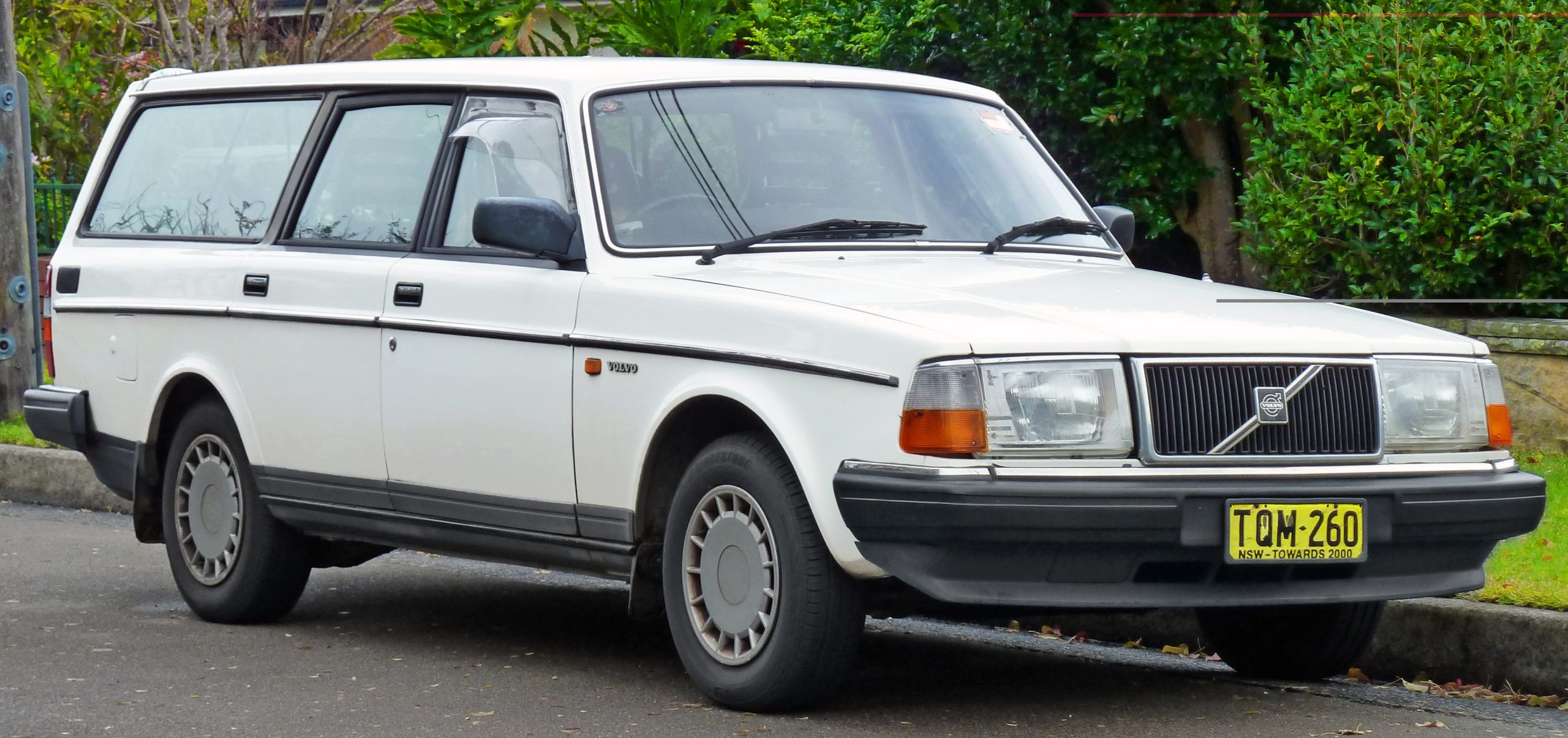
We’re including the Volvo 240 because it represents a kind of automotive resilience that’s rare today. It doesn’t rely on modern tricks or fancy tech—it’s just an incredibly well-thought-out, well-built car that was engineered to last through snow, salt, and time itself.
Whether you’re a college student driving a hand-me-down or a collector holding onto a vintage wagon, the 240 has an unmatched ability to keep going—and going.
In a world where so many cars are disposable, the Volvo 240 is a reminder that simplicity, solid design, and quality materials can create a machine that endures generations.
5. Lexus RX 350 (2007–2015) — The Reliable Luxury Workhorse
Luxury and longevity don’t always go hand in hand—but the Lexus RX 350 is one of the rare exceptions.
This midsize crossover, particularly from the second-generation facelift (2007–2009) and third-generation models (2010–2015), has built a near-unshakable reputation for being not just refined and comfortable, but astoundingly reliable. It’s not uncommon to find RX 350s with 300,000 miles still quietly humming along with original powertrains.
At the heart of this longevity is Lexus’s 3.5-liter V6 engine (the 2GR-FE), which is widely praised by mechanics as one of the most dependable V6 engines ever built.
This naturally aspirated motor is smooth, powerful enough for most driving conditions, and known for minimal oil consumption, few mechanical issues, and excellent thermal management. Matched with a 5-speed (and later 6-speed) automatic transmission, the powertrain proves both robust and low-maintenance.
But reliability in the RX 350 goes far beyond just the engine. The crossover was designed with Toyota’s famed build quality, but with added Lexus refinement—meaning better sound insulation, more premium materials, and tighter manufacturing tolerances.
Yet it still avoids many of the high-maintenance pitfalls common in European luxury competitors. There’s no air suspension, no twin-turbo complexity, and minimal electronic overreach.
The RX 350’s reputation is further cemented by how well it holds up over time. Interior materials resist wear, the electronics remain functional, and even common wear items like the power liftgate or navigation screens age better than most.
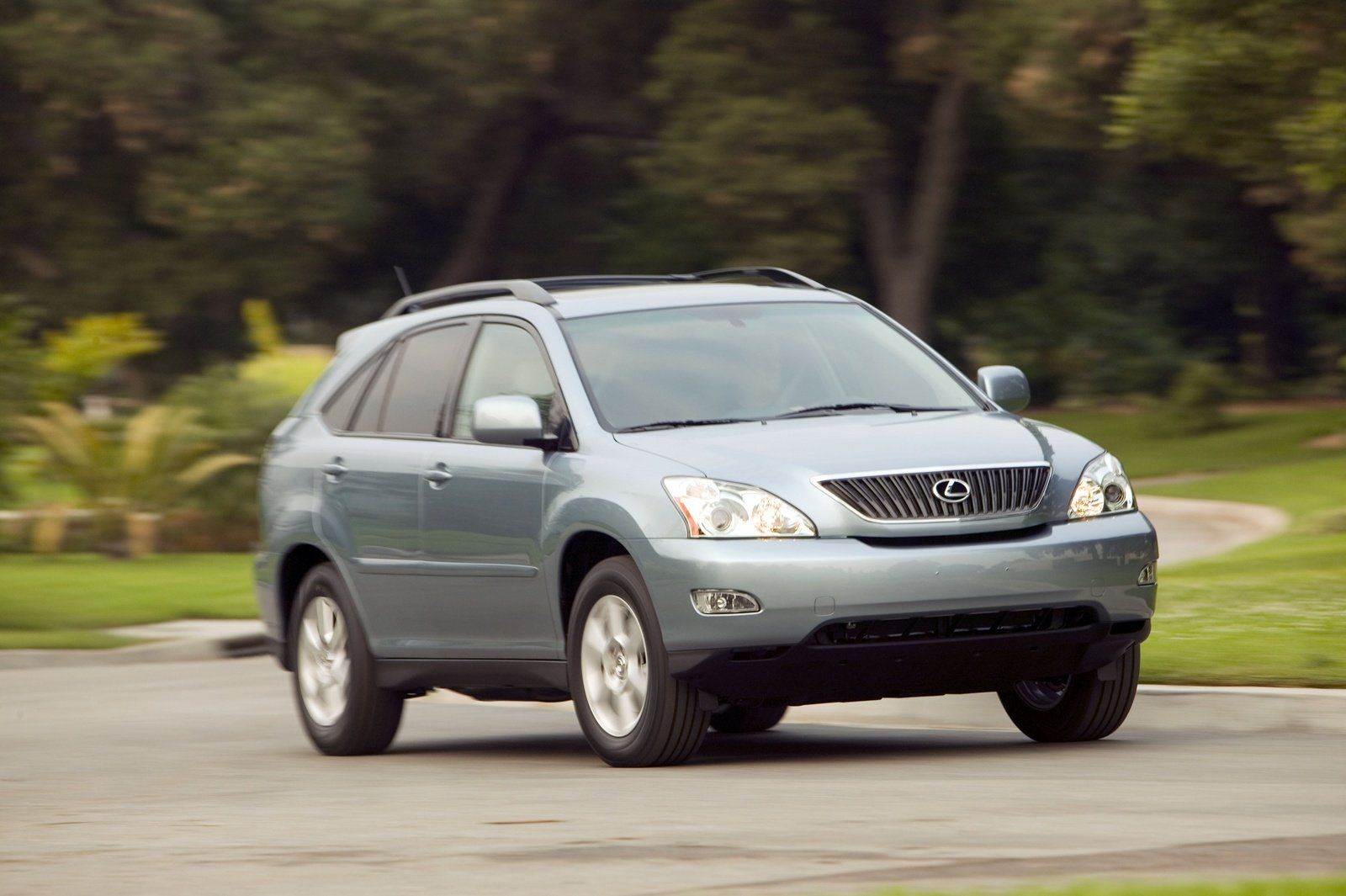
Owners routinely report replacing nothing more than tires, brake pads, and fluids—even after 200,000 miles.
It’s no surprise that these vehicles are frequently seen in the fleets of real estate agents, suburban families, and retirees alike.
They quietly deliver premium comfort and stress-free operation year after year. And with Toyota’s vast service network, keeping one of these crossovers on the road long-term is both easy and affordable.
We’re closing this list with the Lexus RX 350 because it bridges the gap between luxury and practicality like few others.
It offers all the upscale appeal you want—without the headaches you expect. In the world of luxury crossovers, the RX 350 is a rare breed: stylish, smooth, and capable of going the distance—well past 300,000 miles.
5 Cars You’ll Never See Again
For every car that becomes a legend of longevity, there are others that fade from the roads with barely a trace. These are the vehicles that were either too flawed, too niche, or too poorly supported to stand the test of time.
You might have seen them once at a dealership, or maybe you vaguely remember an ad campaign—but on today’s highways, they’re practically extinct.
The cars we’re about to highlight in this section didn’t just fail in the marketplace; many of them failed mechanically as well. Some were overengineered in the wrong ways, others were victims of poor build quality, limited parts availability, or simply bad timing.
They weren’t all cheap throwaways either—some came from respected brands and carried luxury price tags. But a common thread unites them: almost none of them survived long enough to build a real legacy.
We’re writing about these cars not to mock their demise, but to understand it. Because in a world where car longevity is increasingly valued—where buyers expect 200,000+ miles of service—vehicles that can’t go the distance are quickly abandoned and forgotten. These are the ones that left owners with more regret than reward.
You’ll rarely find them on used car lots. Most mechanics roll their eyes when one rolls into the shop—if they ever do. And unlike the durable legends we previously covered, these cars simply didn’t last long enough to become familiar sights in the real world.
So here they are: the five cars you’ll almost never see again. Whether due to engineering flaws, market failure, or just poor luck, these vehicles have all but vanished—and few are mourning their loss.
1. Suzuki Kizashi (2010–2013) — The Orphan Sedan That Never Found a Home
The Suzuki Kizashi was supposed to be Suzuki’s big break into the mid-size sedan market. Introduced in 2010, it boasted sharp styling, available all-wheel drive, a sporty chassis, and a surprisingly premium feel for a brand mostly known for budget cars.
On paper, it checked all the right boxes to compete with the Honda Accord, Mazda6, and Subaru Legacy. But today? You’ll almost never see one on the road—and for good reason.
The biggest problem wasn’t the car itself—it was everything around it. Suzuki, as a brand, was already on shaky ground in the U.S. when the Kizashi launched.
With limited marketing, a sparse dealership network, and waning consumer trust, the Kizashi never had a fair shot at mainstream success.
By the time it started gaining modest praise in the automotive press for its solid handling and upscale cabin, it was too late. Suzuki announced its withdrawal from the U.S. market in 2012, and the Kizashi quietly died shortly after.
What doomed the Kizashi to near-extinction wasn’t just corporate strategy—it was its orphan status after Suzuki’s exit. Owners were left with minimal support, dwindling parts availability, and very few mechanics familiar with the vehicle.
As mileage racked up and repairs became necessary, many Kizashi owners found themselves in a frustrating situation: owning a well-made car that no one wanted to service.
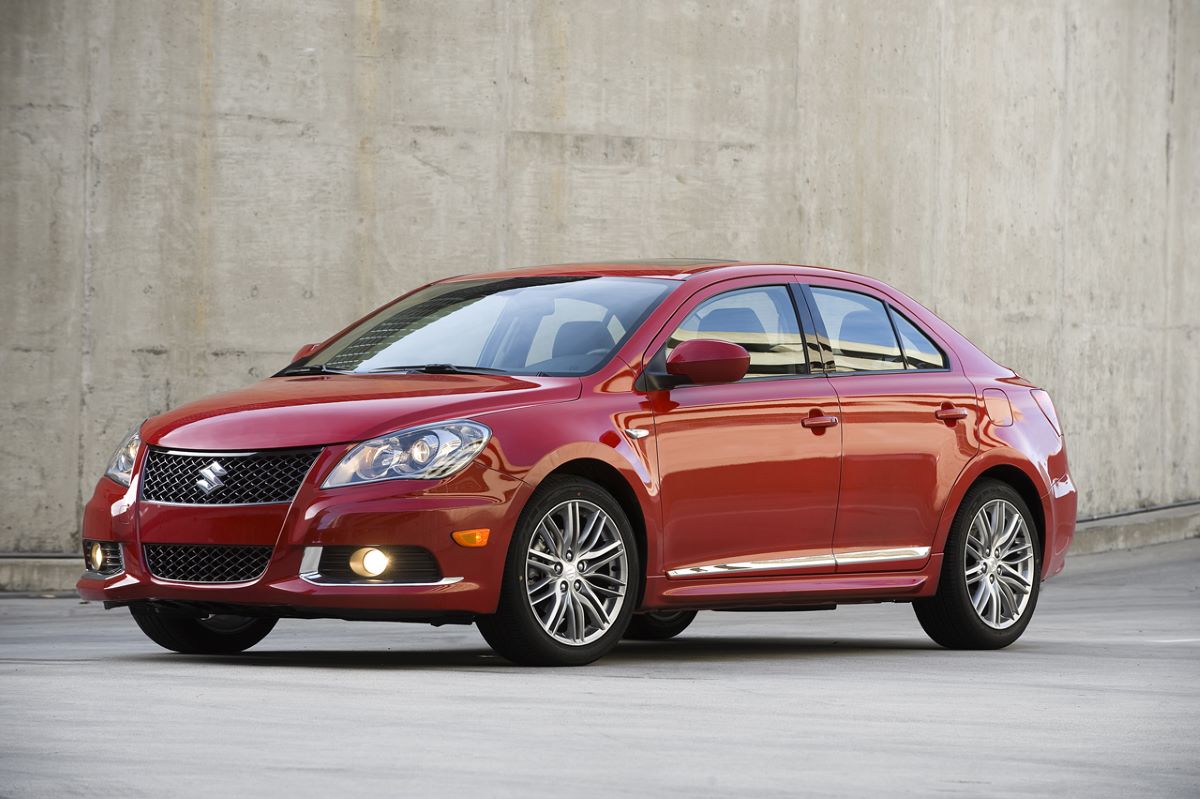
Mechanically, the Kizashi wasn’t terrible. Its 2.4-liter inline-four was reasonably reliable, and it came with either a manual transmission or a CVT. But as parts became harder to source, especially for trim-specific items or AWD components, even well-maintained examples started disappearing from roads.
We’re starting this list with the Kizashi because it’s the perfect example of a car that failed not due to flaws in its engineering—but due to the collapse of everything around it. It’s a ghost on the roads today, not because it didn’t deserve a shot, but because it never stood a chance.
Unless you’re at a Suzuki enthusiast meet (a rare sight itself), don’t expect to see a Kizashi in the wild. It’s one of the cleanest disappearances in modern automotive history.
2. Chrysler Aspen Hybrid (2009) — The One-Year Wonder That Nobody Asked For
The Chrysler Aspen Hybrid is a vehicle so rare, so forgotten, that many car enthusiasts don’t even realize it existed.
Introduced in 2009 for a single model year, the Aspen Hybrid was Chrysler’s attempt to greenwash its lineup during a time of rising fuel prices and environmental scrutiny.
Based on the standard Aspen full-size SUV—a badge-engineered Dodge Durango—the hybrid variant promised better fuel economy without sacrificing size or capability. What we got instead was an engineering oddity that disappeared almost immediately.
Under the hood, the Aspen Hybrid shared its drivetrain with the Chevrolet Tahoe Hybrid, thanks to a rare partnership between Chrysler, GM, and BMW. It featured a 5.7-liter HEMI V8 mated to a complex two-mode hybrid system.
The goal was to provide V8 power with better city fuel economy—but the reality was far less compelling. The hybrid system was heavy, expensive, and added minimal real-world MPG gains.
The Aspen Hybrid arrived at exactly the wrong time. Chrysler was teetering on the edge of bankruptcy, the economy was in free fall, and buyers weren’t interested in spending premium prices on full-size hybrid SUVs. With a starting price over $45,000 and little marketing behind it, the model flopped from day one.
But what truly sealed the Aspen Hybrid’s fate was its unserviceability. The two-mode hybrid system was notoriously complex, with proprietary components that became nearly impossible to source after Chrysler’s financial collapse and restructuring.
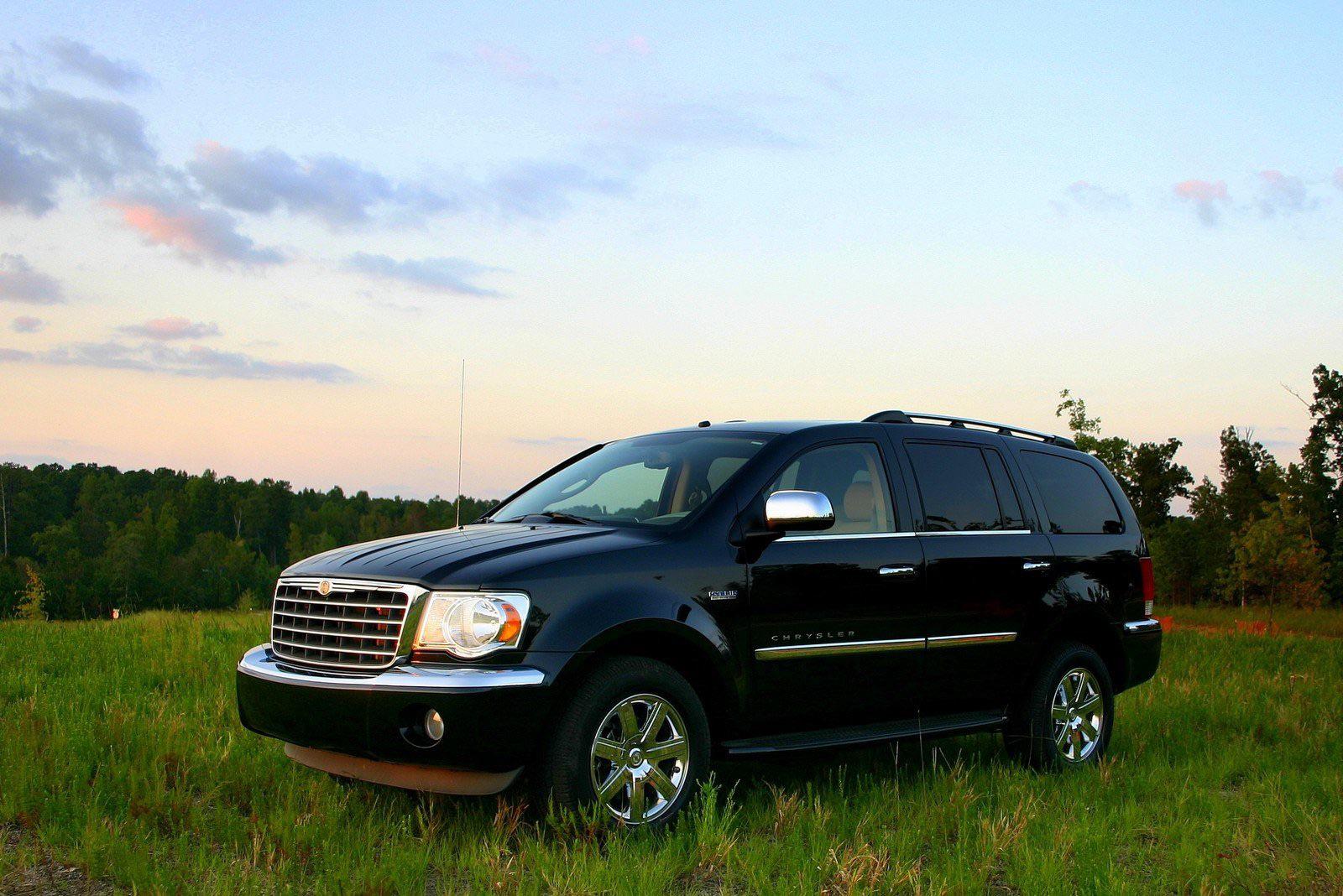
As batteries failed and electronics aged, owners discovered that few dealerships—and even fewer independent shops—could repair the system. Many Aspen Hybrids were scrapped after just a few years due to repair costs that exceeded the vehicle’s value.
We’ve included the Aspen Hybrid because it is the poster child for a vehicle with no staying power. It was created in a moment of corporate desperation, offered no compelling advantage over conventional SUVs, and had absolutely no long-term support network.
You almost never see them today—not at dealerships, not at auctions, not even in junkyards. The Chrysler Aspen Hybrid is one of the most thoroughly erased vehicles of the 21st century.
3. Isuzu Axiom (2002–2004) — The SUV Nobody Wanted, and Everyone Forgot
The Isuzu Axiom was supposed to be Isuzu’s stylish entry into the midsize SUV market, a vehicle that would shift the brand away from its rugged, utilitarian roots and appeal to suburban families looking for something different.
Unfortunately, “different” doesn’t always mean “good”—and the Axiom quickly became one of the fastest-forgotten SUVs of the early 2000s. Today, spotting one on the road is like finding a fossil in traffic.
Launched in 2002 and discontinued just two years later, the Axiom was essentially a rebodied Isuzu Rodeo, built on the same platform and using the same basic underpinnings.
Its biggest draw was its bold, angular styling—an attempt to look futuristic in an era still dominated by boxy SUVs. But the result was polarizing, and not in a good way. The Axiom looked strange then and hasn’t aged much better.
Mechanically, it was unremarkable. It featured a 3.5-liter V6 that offered decent power but suffered from timing belt and oil consumption issues.
The ride quality was harsh, the cabin was noisy, and the interior materials felt cheap even by early-2000s standards. To make matters worse, Isuzu’s dealer network was rapidly shrinking, and customer support was slipping.
What really doomed the Axiom, though, was its timing. It launched just as Isuzu was losing relevance in the U.S. market, and buyers had plenty of better alternatives from Toyota, Honda, Ford, and Jeep.
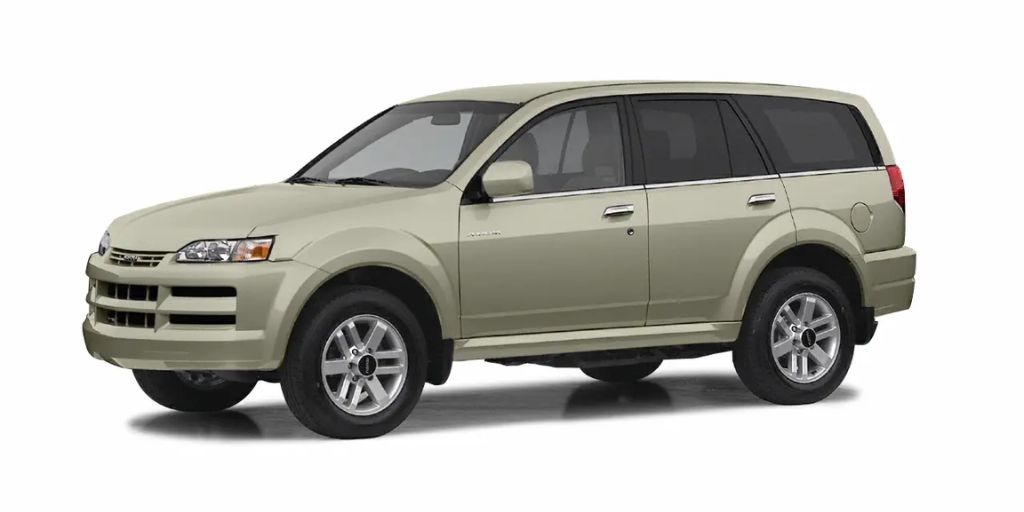
Even loyal Isuzu customers couldn’t justify trading in their dependable Troopers and Rodeos for a vehicle that felt like a step backward in both quality and identity.
When Isuzu fully exited the U.S. passenger vehicle market in 2009, support for the Axiom evaporated. Parts became difficult to source, resale values cratered, and many of the remaining vehicles were quietly retired rather than repaired.
We’re including the Axiom here not just because it was rare—it was a strategic misfire. It failed to win over a new audience, alienated existing fans, and didn’t offer the quality or support needed to survive long term.
The Isuzu Axiom is a ghost today, remembered only by a few enthusiasts and forgotten by just about everyone else. It’s the definition of a vehicle you’ll never see again.
4. Pontiac Aztek (2001–2005) — The Punchline That Vanished
The Pontiac Aztek is one of the most infamous vehicles in modern automotive history—so much so that it often overshadows its actual specifications.
Introduced in 2001 as a crossover SUV aimed at adventurous, young buyers, the Aztek instead became a punchline, regularly topping lists of the “ugliest cars ever made.” While its notoriety remains, the actual vehicles have all but disappeared from the road.
Let’s get one thing straight: the Aztek was not mechanically terrible. Underneath its controversial design, it shared a platform with the GM minivans of the time and was powered by a 3.4-liter V6 mated to a 4-speed automatic transmission.
It even offered all-wheel drive and a surprisingly practical interior with features like a pull-out cargo tray and optional camping package.
But nothing could save it from its design. The Aztek’s bizarre proportions, plastic cladding, and awkward rear end made it an object of ridicule almost instantly.
Consumers avoided it in droves, and even Pontiac dealers struggled to move units. It was quickly labeled a failure, despite GM’s hopes that it would rejuvenate the Pontiac brand.
Compounding its poor public image were typical GM reliability issues of the era: intake manifold gasket leaks, cheap interior materials, and aging electronics.
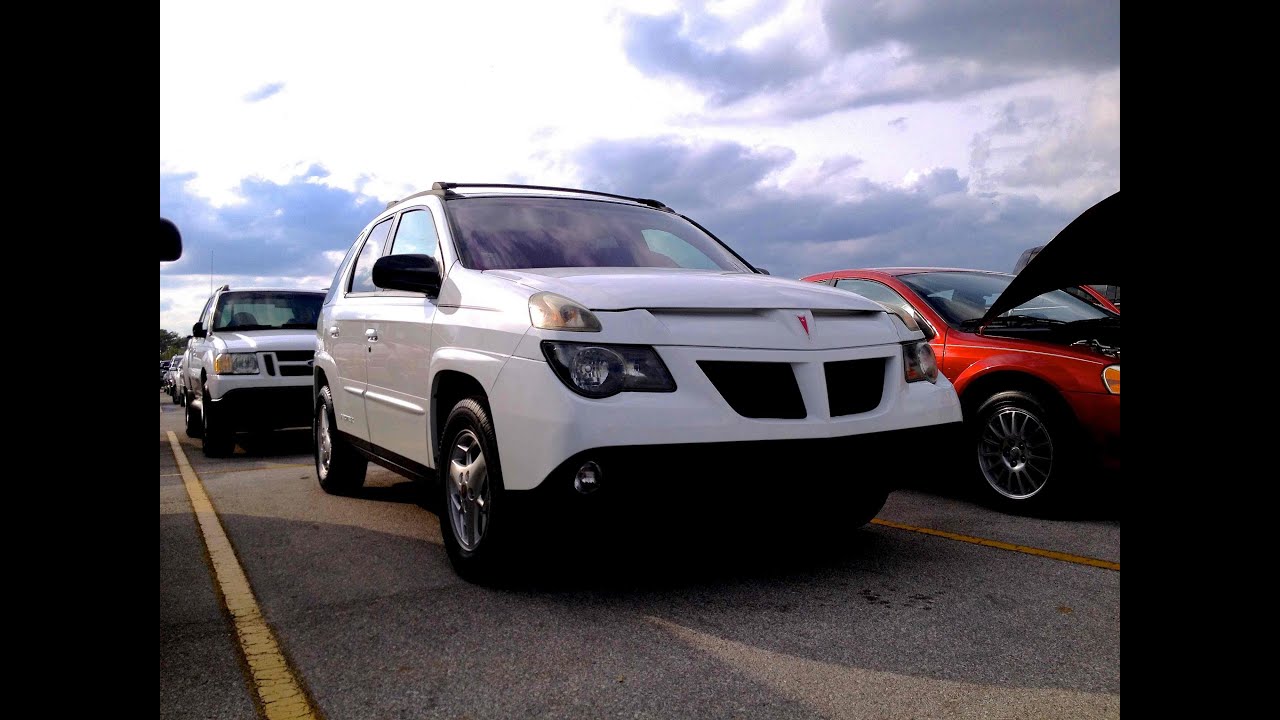
While the powertrain could last a while, few owners felt compelled to keep the car long enough to reach high mileage. Many ended up in used car lots or junkyards well before they had a chance to prove themselves on the odometer.
Then came Pontiac’s demise. When General Motors phased out the brand in 2010, remaining Azteks lost whatever meager support they had left. Parts availability declined, resale values plummeted, and even loyal GM mechanics began advising against holding onto them.
We’re including the Aztek not just because it’s rare today, but because it’s a case study in how design and brand perception can doom a vehicle. While it had some redeeming qualities, public rejection was swift and absolute.
Ironically, it found a bit of a cult following later thanks to Breaking Bad—but even that pop culture boost couldn’t resurrect the Aztek. On today’s roads, it’s virtually extinct.
5. Daewoo Leganza (1999–2002) — The Forgotten Import Nobody Misses
If you blinked in the early 2000s, you probably missed the Daewoo Leganza—and even if you didn’t, chances are you’ve never seen one since. Sold in the U.S. between 1999 and 2002, the Leganza was Daewoo’s attempt to break into the American mid-size sedan market.
While it offered decent interior space, a low starting price, and styling penned by Italian design house Italdesign, it lacked the quality and long-term support to ever become more than a footnote in automotive history.
The Leganza came with a 2.2-liter inline-four paired with a 4-speed automatic transmission. Performance was middling, build quality was below average, and reliability was never the car’s strong suit.
Fit and finish issues, cheap materials, and fragile components were all common complaints. But the car’s biggest flaw wasn’t what it had—it was what it didn’t have: staying power.
Daewoo’s American launch strategy was a mess. They sold cars without establishing a strong dealer or service network. Even worse, when the parent company went bankrupt in 2000, U.S. operations quickly fell apart.
By the time GM bought the brand and restructured it into GM Daewoo (and later folded it into Chevrolet), the Leganza had already disappeared from new car lots—and from relevance.
What sealed the Leganza’s fate was its total lack of support after the brand’s collapse. Parts became nearly impossible to source.
Few mechanics had ever worked on one. Even basic repairs became expensive or unfeasible. Most Leganzas were discarded long before reaching 100,000 miles—not because they were completely undrivable, but because they simply weren’t worth the effort.
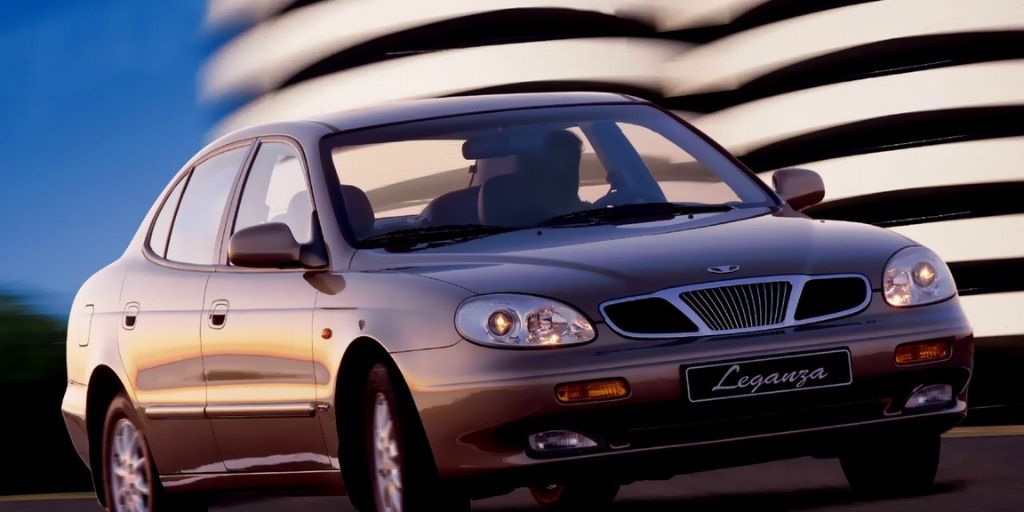
We’re ending this list with the Daewoo Leganza because it represents a special kind of automotive vanishing act: a car that wasn’t loved, wasn’t cared for, and wasn’t missed. It faded not in a blaze of controversy or failure—but in quiet, complete obscurity.
Today, spotting a Leganza is like finding a unicorn. The few that remain are either forgotten in driveways or tucked into remote scrapyards, waiting for a part that will never arrive.
In the end, the Leganza was a ghost before it even died—a car you’ll never see again, and almost no one remembers in the first place.
When it comes to cars, longevity is more than just a number on an odometer—it’s a testament to engineering, care, and reputation.
The difference between vehicles that proudly pass 300,000 miles and those that vanish within a decade is rarely just chance. It’s the outcome of quality design, real-world reliability, and brand support—or the lack of all three.
The cars that last, like the Toyota Land Cruiser, Honda Accord, and Lexus RX 350, are more than just durable—they’re trusted.
They’re built with proven components, designed with serviceability in mind, and supported by brands that prioritize long-term customer satisfaction. These vehicles don’t rely on flashy features or hype. Instead, they earn their reputations mile by mile, year after year.
Owners of these cars enjoy not only lower repair costs but peace of mind—knowing that their vehicle won’t leave them stranded or drained of money.
On the other end of the spectrum are the forgotten. The Daewoo Leganza, Isuzu Axiom, and Chrysler Aspen Hybrid aren’t just rare—they’re nearly erased.
Some were doomed by poor timing, others by unreliable mechanics, and many by the collapse of their manufacturers or service networks.
Even vehicles like the Suzuki Kizashi and Pontiac Aztek—cars that weren’t necessarily terrible—disappeared due to lack of support, poor sales, or unfortunate design decisions.
These two groups tell us a lot about what matters in the long run. While flashy designs and marketing campaigns may generate early excitement, true staying power comes from consistency, support, and user trust.
A long-lasting vehicle doesn’t just serve its original buyer—it becomes part of multiple lives over decades, creating stories, memories, and confidence in motion.
So, whether you’re buying your next car or just reflecting on the past, remember this: the best cars aren’t always the most expensive or the most advanced—they’re the ones that keep showing up. And the ones that vanish?
They serve as reminders that automotive history is littered with vehicles that simply couldn’t go the distance.
Choose wisely, because some cars are built to last—and others are just temporary passengers on the road of time.
Also Read: 5 Long-Term Cars That Keep Earning and 5 That Cost You Daily

